Pilsner Urquell beer is truly a child of both Bohemia and Bohemianism. Pilsner Urquell is a brand-name Czech beer produced in Plzen (or Pilsen) and is the original Pilsner beer. The actual word Pilsner is a derivative from the west Bohemian town of Plzen. Beer is a humongous part of Czech culture. We can even say that it’s like baseball to Americans, tequila to Mexicans, pasta to Italians or grape leaves to Greeks.
Bohemians (Czech people) have always had a penchant for being able to see what others can’t. The great astronomer and mathematician Johannes Kepler saw that the planets moved in a different way to everyone else. The surrealist photographer Josef Sudek saw the most sublime beauty in the mundane. And then, of course, there is Franz Kafka, who saw, well, everything differently.
When you see things differently, with a deeper perspective, with your own discerning eye, you can make those things that make life better. And what the Czech people make better than anyone, is beer. The delicious brews have been in their culture for a long time and will continue to be in their culture for many, many years to come.
Uncanned
Czechs will only drink their beer out of a bottle or a mug.
Cans? Uh… no!
The only reason they even have canned beer is for the consumption by foreign tourists.
Seriously.
The best beer is on tap, the next best thing, in a glass bottle.
Beer drinking is probably the most popular hobby among Czech men and meeting in a pub is a part of the culture.
Czech beer may be even more popular and more well-known than the Charles Bridge or Prague Castle. In fact, Czechs are famous for the delicious beers that they brew and distribute. Along with other Europeans, they manufacture over one hundred different brands of beer, and that does not include the many home and small town breweries.
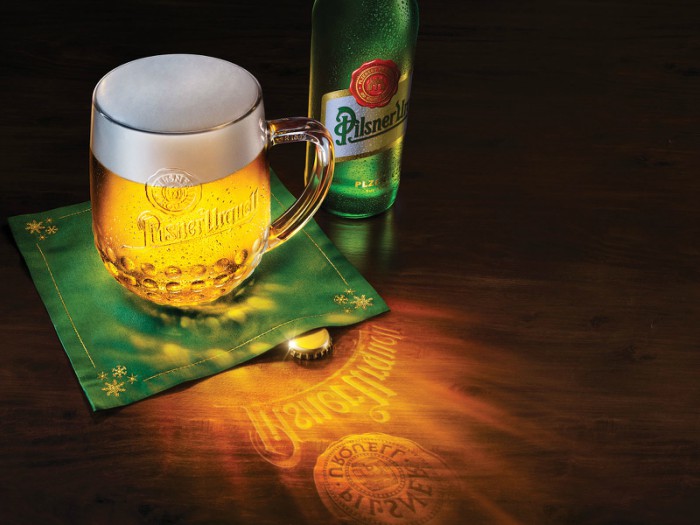
All in all, Europeans have been brewing beer since the beginning of their civilization and brewing a fine beer is considered a great art form by many connoisseurs. The Czech Republic has the highest beer consumption per capita in the world.
I’ll toast to that!
Interesting Trivia Moment: Did you know that the Communists produced beer simply to squeeze as much money as possible out of the beer industry? Yup. They almost doubled the price of beer in 1984 because they knew the Czechs would buy the beer – regardless of the price, and guess what?
They did.
Historic Facts
The medieval kingdom of Bohemia was the cosmopolitan crossroads of Europe. A cultural and intellectual magnet, attracting scholars, artists and technological pioneers from both East and West.
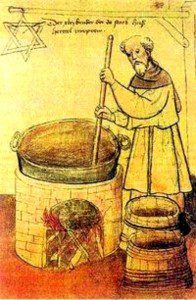 It was a crucible of creativity and industry whose ideas soon spread out across neighbouring lands. The earliest reports about manufacturing beer in the Bohemia goes back to 993.
It was a crucible of creativity and industry whose ideas soon spread out across neighbouring lands. The earliest reports about manufacturing beer in the Bohemia goes back to 993.
At that time, the Benedictines were making beer at Prague’s Břevnov Monastery.
Břevnov Monastery is a Benedictine archabbey in the Břevnov district of Prague, Czech Republic. It was founded by Saint Adalbert, the second Bishop of Prague, in 993 AD with the support of Duke Boleslav II of Bohemia.
These days, they brew the Břevnovský Benedict beer here.
The oldest document concerning growing hops in the Czech lands was scribed in the 11th century. In the year 1088, his Majesty King Vratislav II issued a foundation sheet in which he assigned a tithe of hops for beer brewing to the Vyšehrad Chapter so called: “Na Trávnice pod Petřínem”.
A Patron Saint of Suds?
In 1295, King Wenceslas II founded the city of Plzeň (Pilsen) and asserted that every individual had the right to make beer, and České Budějovice gained this privilege as well. He convinced the pope to revoke an order banning the brewing of beer, which may explain why beer drinkers call him ‘Good King Wenceslas.’
Bohemian hops were so prized that King Wenceslas ordered the death penalty for anyone caught exporting the cuttings, from which new plants could be grown.
Monasteries had their own breweries, the breweries began selling their products to the public and and Saint Wenceslas (Václav) was designated the patron saint of beer.
In fact, the Saint Wenceslas Agreement ( Svatováclavská smlouva) from 1517 set down specific rules for making beer, and the laws were in effect until 1869.
This began the Czech beer industry.
Loving this old American poster for Pilsner Urquell! And what a great tagline: “A whole town brews it. A whole world drinks it. All smart places serve it.”
The first Czech brewery was built at Cernenice in the year 1118. Only the citizens who lived in the Czech lands had the right to brew beer in the earlier days. Most citizens had a microbrewery in their own homes. As time went on, some of the citizens bonded together to form a cooperative central brewery. They would take the beer extract home and finish the brewing process there. And so it continued for centuries. The knowledge was transferred from fathers to sons with a good manufacturing practice inherited from medieval superstitions. But soon, Feudal lords found that forcing their laborers to drink the manor brew was a clever way to also line their pockets.
The Thirty Years’ War, devastated much of northern Europe. It also devastated the Czech beer industry. At one point, beer was used to pay off a Swedish army to prevent the plunder of Kutná Hora. After that, what fame the Czech beer industry managed to attain was under the auspices of the Emperor in Vienna.
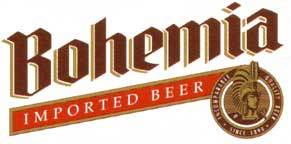 He even sent a Czech brewmaster to Mexico to teach the Mexicans how to brew beer. Bohemia beer from Mexico was named for the valuable Czech contribution.
He even sent a Czech brewmaster to Mexico to teach the Mexicans how to brew beer. Bohemia beer from Mexico was named for the valuable Czech contribution.
The Czech nation – and its beer – did not begin to recover until the national awakening movement of the 19th century, when the Czech language, Czech culture, and Czech beer were reinvented after centuries of Germanization and decline.
National Awakening
In the 18th century, a Czech Brewer called Frantisek O. Poupe published the first book about the technology of brewing based on scientific principles: The Art of Brewing: physically, chemically and economically described. Interestingly, in 1844 a William Blake published a similarly entitled book. Poupe was very disappointed because his work is absent from the acclaim he had imagined, most likely due to Blake’s plagiarism.
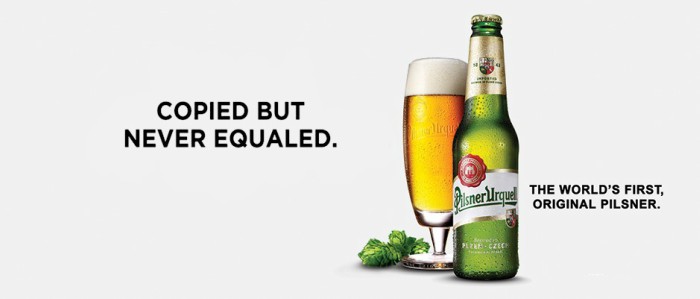
During 19th century, the first Faculty dedicated to the Technology of Brewing and Fermentation at the Czech Technical University was also founded. Not only were people learning about the making of beer on an entirely new level, we were learning to enjoy it as well!
In 1842, brewer Josef Groll arrived at the Pilsner Brewery and brewed first batch of bottom-fermented beer of a new type, called according to the place of origin – the Pilsner beer. He used local Czech hops, he took the soft water of Plzen, and chose a lager yeast. A new beer was born.
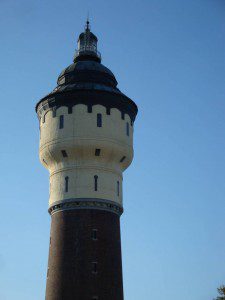 The first batch of beer was brewed on 5th October 1842. Five weeks later, on the 11th of November, the beer was first drunk in the town.
The first batch of beer was brewed on 5th October 1842. Five weeks later, on the 11th of November, the beer was first drunk in the town.
It was a golden beer – the world’s first golden beer – it was fresh, clear and refreshing with a hint of caramel sweetness and a fragrant, balanced hop bitterness. It was an immediate success and a proud moment for the city of Plzen. Since that day the recipe has remained the same.
The location was selected carefully. The site sits on the banks of the Radbuza River, which offers a number of natural advantages – sandstone rock for the easy carving of large tunnels for cold storage, and aquifers supplying the soft water which would one day help make Plzen’s finest beer so distinctive.
The Golden Revolution…
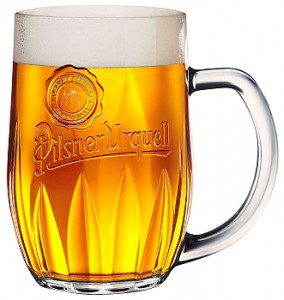 From the dawn of civilization, beer had been a dark, murky liquid. Then a protest by the citizens of Plzen, Bohemia, inspired the change that would influence the entire beer industry and set the standard for all lagers.
From the dawn of civilization, beer had been a dark, murky liquid. Then a protest by the citizens of Plzen, Bohemia, inspired the change that would influence the entire beer industry and set the standard for all lagers.
After furious citizens had dumped no less than 36 barrels of undrinkable sludge into the city’s gutters in 1838, it sparked off a remarkable chain of events – a new brewery building, an innovative new brewmaster and finally the world’s first golden beer.
This type of beer is the most widely brewed and consumed around the world and the Czech beer is synonym for quality, honest work and effort as well as comfort, good time and joy of life.
Czech breweries export their products almost into all countries worldwide.
The cellars below the Pilsner Urquell brewery seem to go on forever. Some are collapsed, some chained off, others perfectly intact. One cavernous room once held tonnes of ice, the meltwater flowing through the cellars and the air recirculating to maintain the ideal lagering temperature.
A hundred years ago, Pilsner Urquell was brewing a million hectoliters of beer, and it all needed to sit for weeks in wooden casks to ripen. At one time, there were over five miles of cellars devoted to the purpose, some up to 65 feet in depth below the ground.
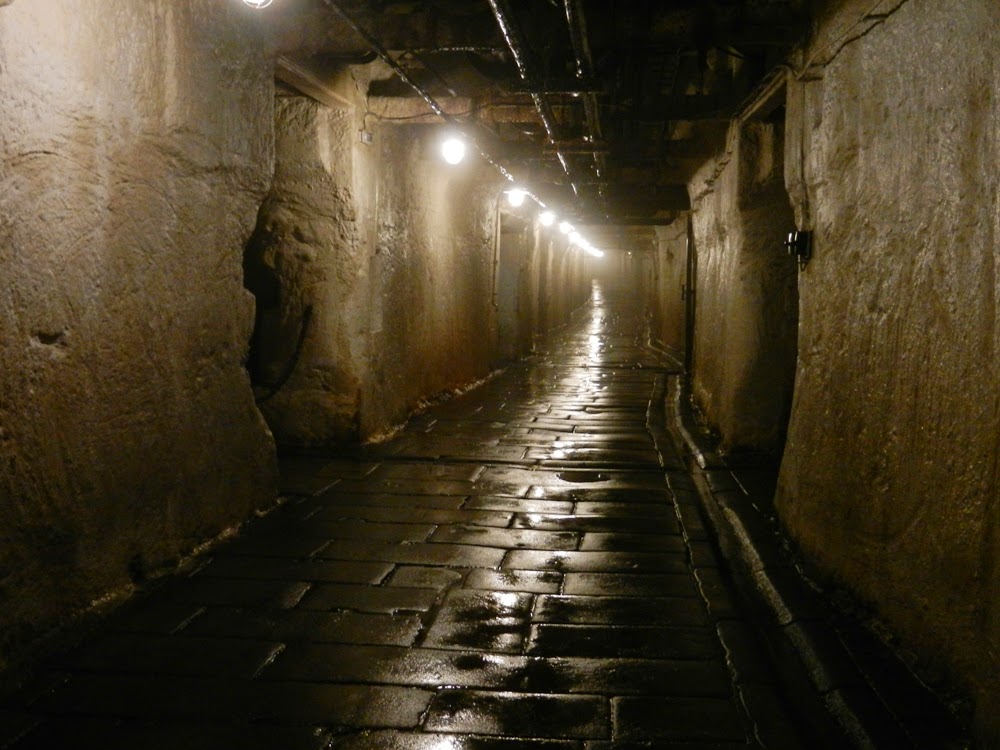
It was an amazing operation, with coopers and cellarman rolling gigantic barrels in and out while other wooden giants sat silently, burping slowly as their bellies turned to rough beer and rough beer turned to liquid gold.
Take a fast moving video tour of the cellars.
Great video!
The Beer Candle
Why was a candle always an important piece of equipment when going down into the brewery cellars? Pilsner Urquell brewmasters will tell you more…
The Coopers
Here are the staff coopers on site in November, 2014. Don’t they look like how you’d imagine beer makin’ men to look?
Imagine the thunder of rolling oaken vats as the soundtrack to the work of 7,000 coopers making 5,000 wooden barrels a day below the earth. The cellars are like a huge labyrinth, and it wouldn’t take a lot to get lost if you wandered off in the wrong direction.
The Devil in the Cellar
You also want to be careful and watch out for the Devil In The Cellars. A ghoulish rock formation, we hear that it’s currently chained off for undisclosed safety reasons.
Hmmmm, something to to think about.
But looking at it, to me – a born and bred Czech girl – it looks more like a heavenly place where someone could worship. It looks peaceful, eternal, magical…
In 1838, a momentous event in Plzen saw 36 barrels of bad beer smashed and emptied into the street. Around 250 burghers had brewing rights in the city but poor quality beer combined with some tavern owners having higher prices than others (meaning the beer sold slower and turned sour), and the threat of cheaper imported beers replacing their own brews.
Something had to be done and a committee of important townsfolk decided that the answer was to build one new brewery to be run by the city. In January 1839 a plan was agreed upon and work started to build this new brewery. A young architect named Martin Stelzer was enlisted to build the Burgher’s Brewery, a forerunner to the present day brewing company.
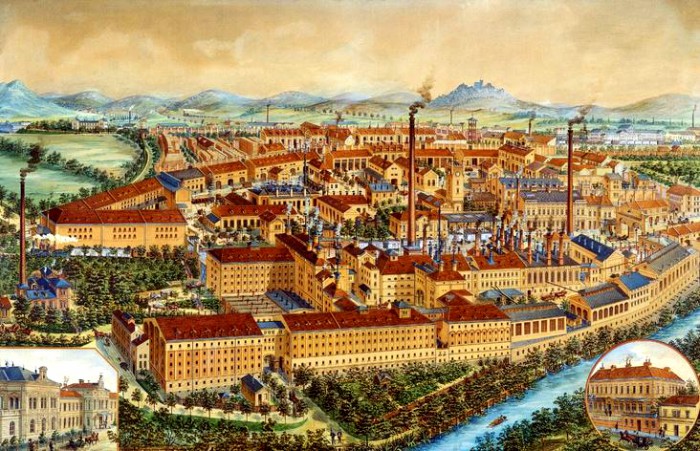
On a hill at the highest point of the brewery site, and the city itself, stands a 100 metre high water tower, containing two vast metal tanks that once held the brewery’s water. The brewery’s water is still drawn from the same 100 metre deep well nearby.
The distinctive gateway to Plzensky Prazdroj, Pilsner Urquell’s historic brewery are neo-renaissance double-arched gates, built in 1892 to mark 50 years since the first batch of Pilsner beer filled the air of the Burgher’s Brewery on 5th October 1842.
Pilsner Urquell is a one-of-a-kind beer that is still blessed with a ceremony on site before it makes the trip to The Vatican.
Beer lovers should definitely put the Czech Republic at or near the top of their wish list, and if you have the good fortune to go, then definitely stop in and see this brewery and make time to take the tour.
On the tour:
- You will learn about the history and secrets behind making the legendary Pilsner Urquell lager
- You’ll see the actuals pot in the brewery where Pilsner Urquell beer has been brewed since 1842
- You’ll be guided through the modern bottling plant, with its capacity of 120,000 bottles per hour; a unique exposition on the ingredients we use; and the historic and modern Pilsner Urquell brewhouse
- You’ll visit the historic brewery cellars, where you can taste unfiltered and unpasteurized Pilsner Urquell on tap straight from oak lager barrels (for those over 18 years old).
And, yes. The drinking age in the Czech Republic is 18. Czechs believe if you are legally classified an adult, you have the right to drink. Interesting side note: for being the country that consumes the most beer in the world and allows people aged 18 to drink, they have very little problems with irresponsible youth drinking.
To be Czech means to be from a nation of brewing, and the creation of Pilsner is one of many Czech’s gifts to the world.
And don’t forget to enjoy your traditional beer snacks – the Czech way!
Na Zdravi!
Sources: Ad Forum, Expats CZ, Petasonic, Chris Hall, Hotel Prague City, Radio CZ, Food Reference, AlcoforChina, Wikipedia, Beervana, Pilsner Urquell Facebook, Pilsner Urquell.
* * * * *
Thank you in advance for your support…
You could spend hours, days, weeks, and months finding some of this information. On this website, we curate the best of what we find for you and place it easily and conveniently into one place. Please take a moment today to recognize our efforts and make a donation towards the operational costs of this site – your support keeps the site alive and keeps us searching for the best of our heritage to bring to you.
Remember, we rely solely on your donations to keep the project going.
We appreciate you more than you know!
If you have not already subscribed to get TresBohemes.com delivered to your inbox, please use the form below now so you never miss another post.


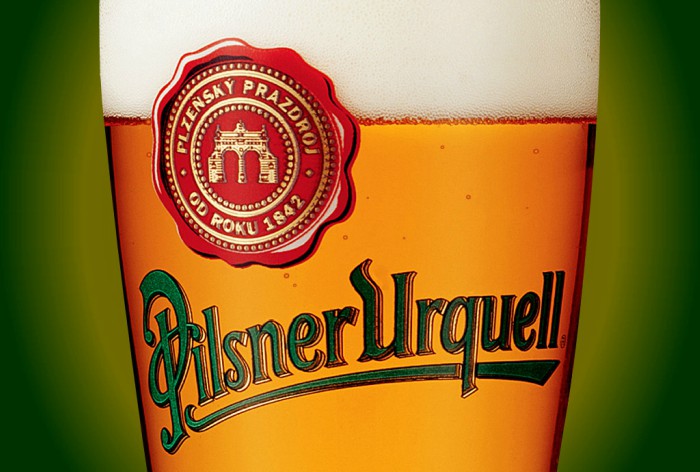
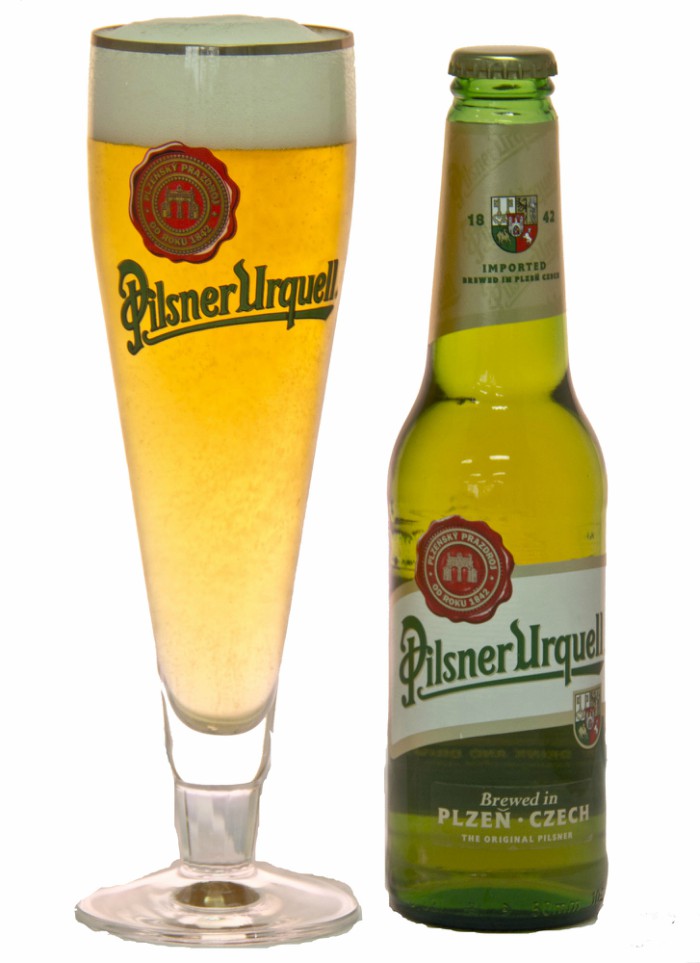
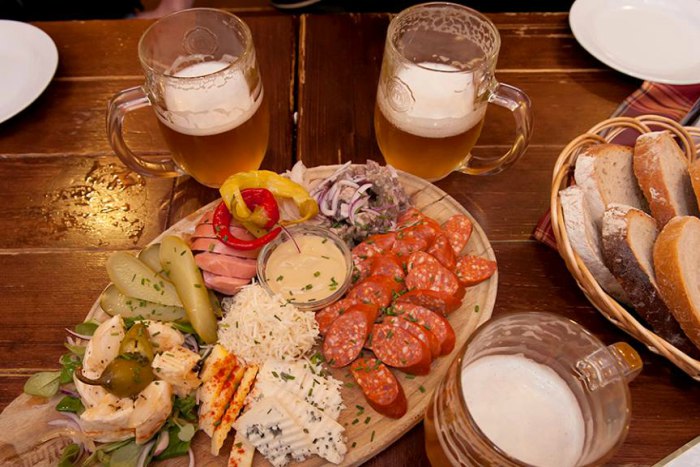
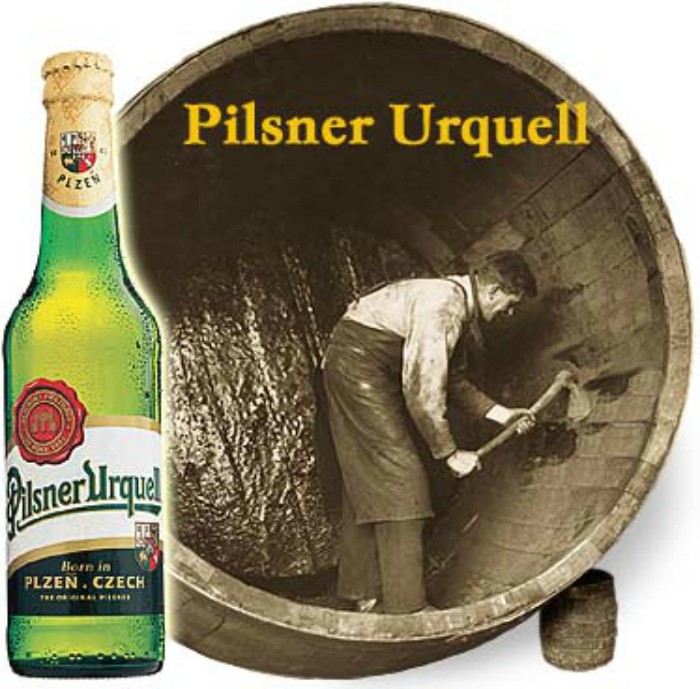

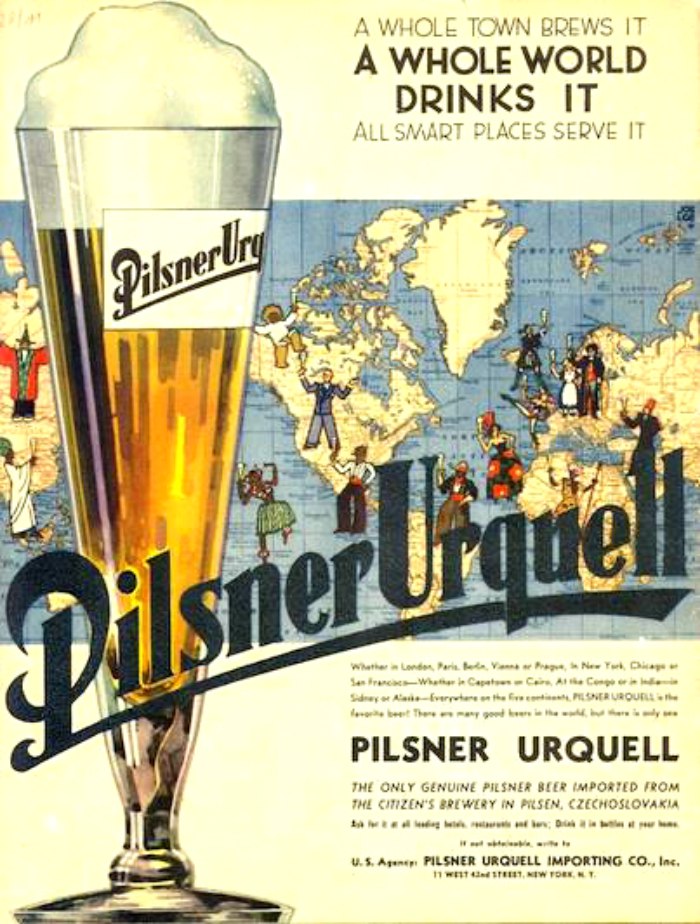
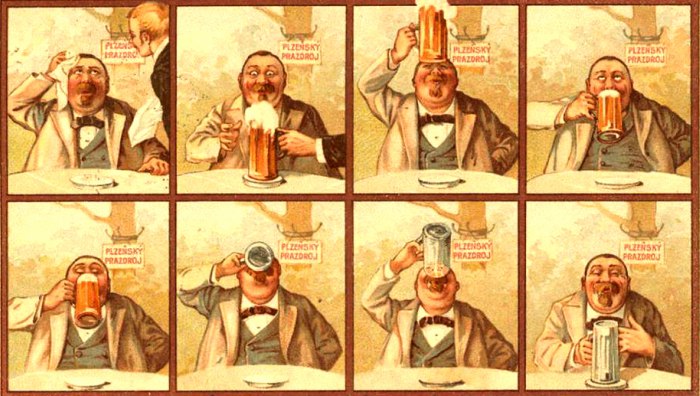
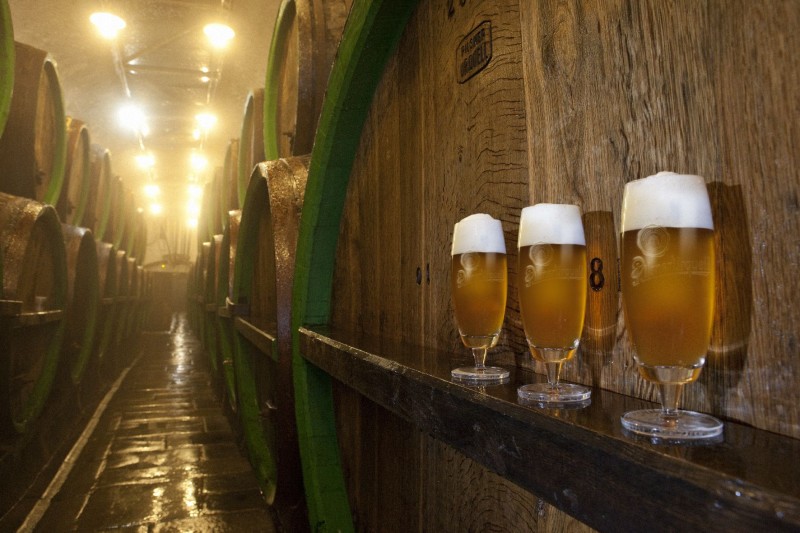
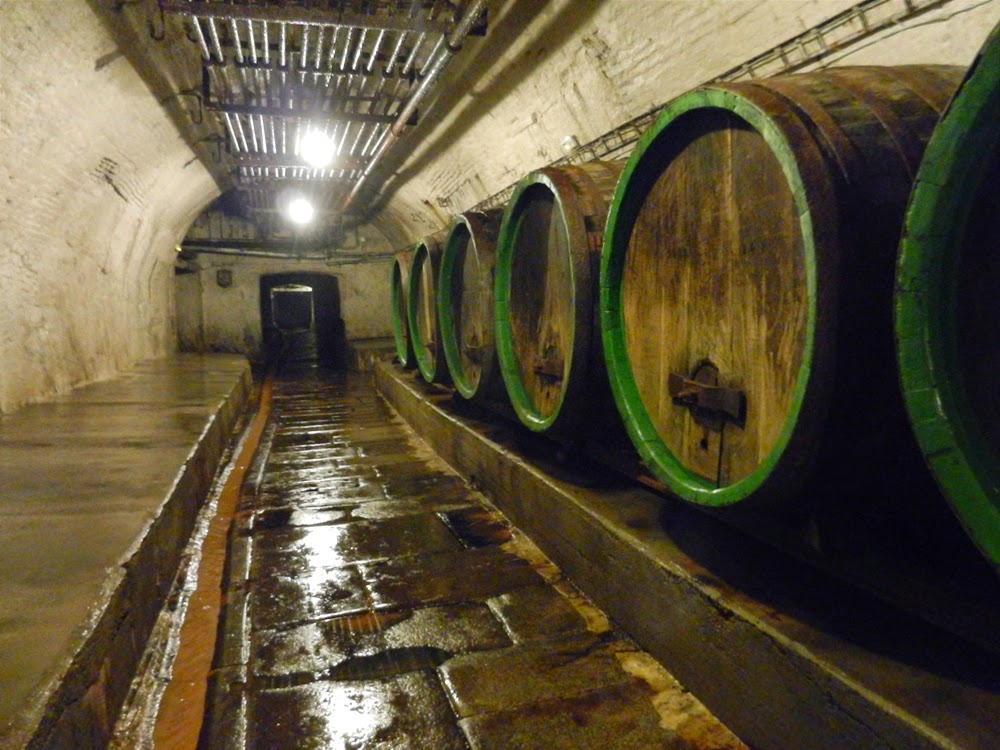
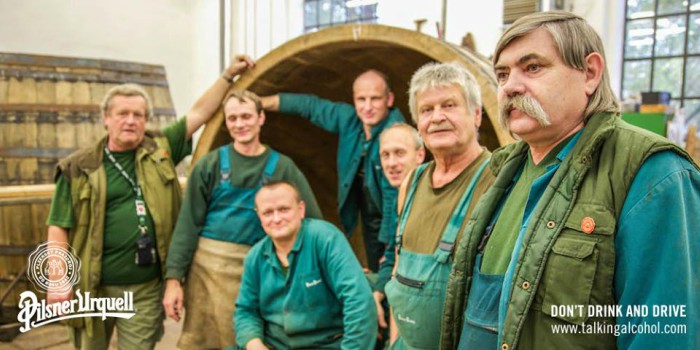
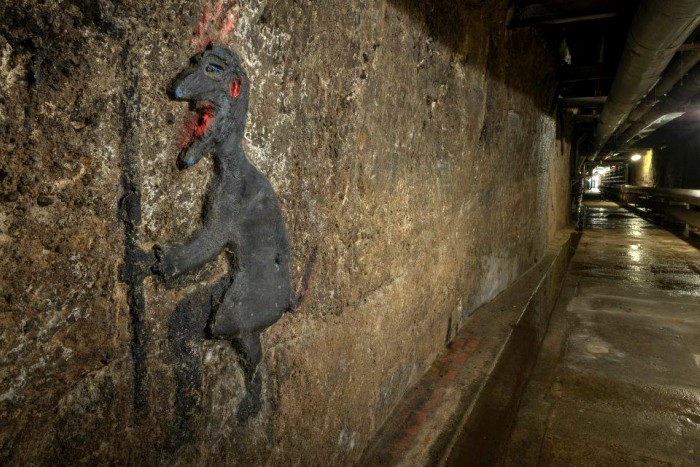
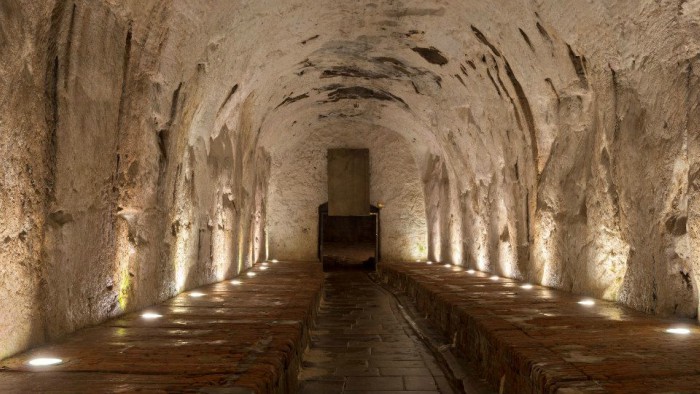
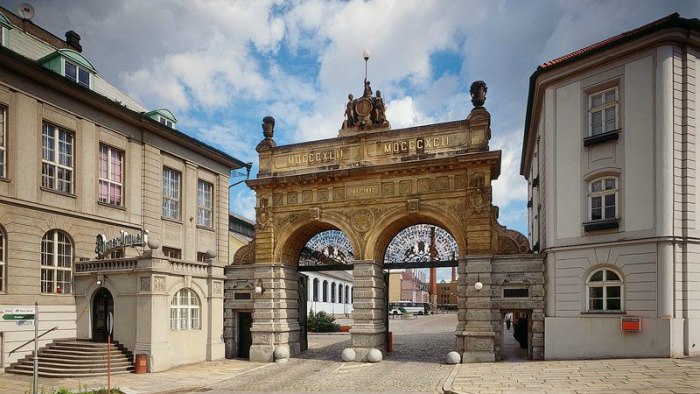
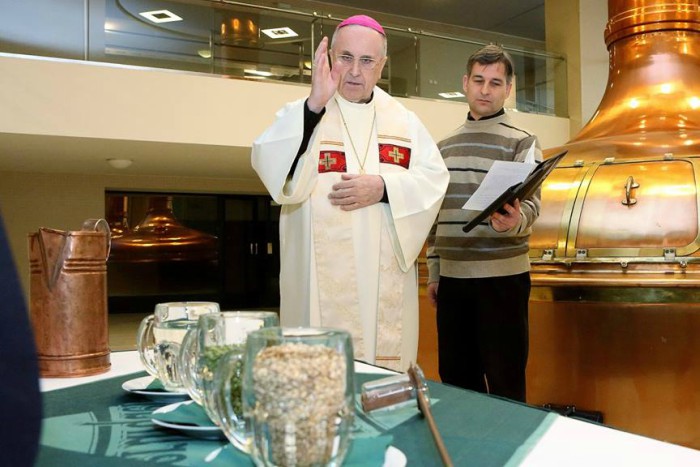
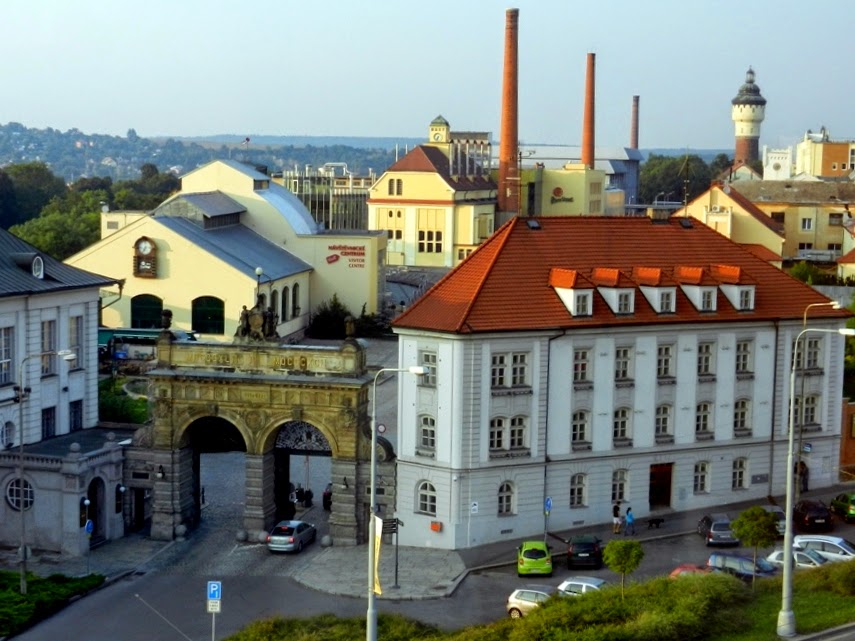
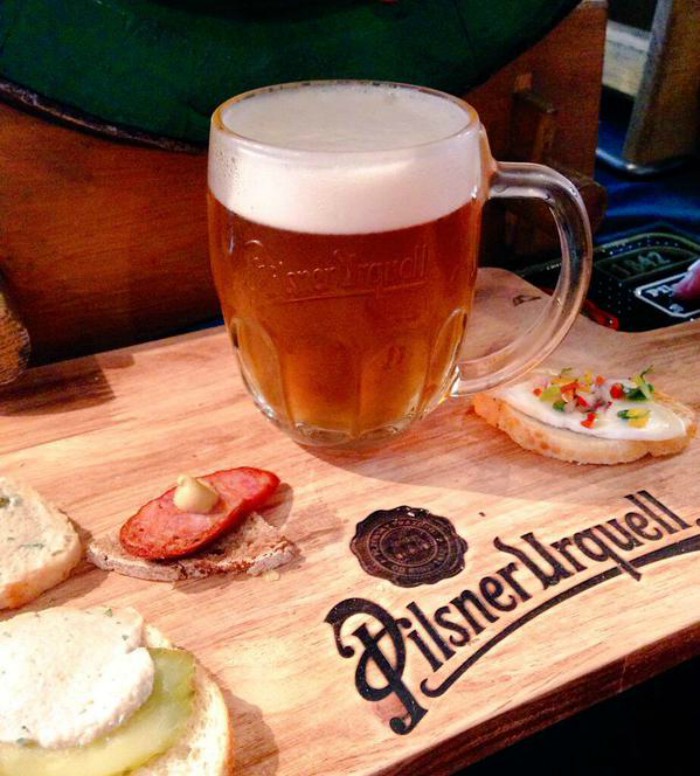



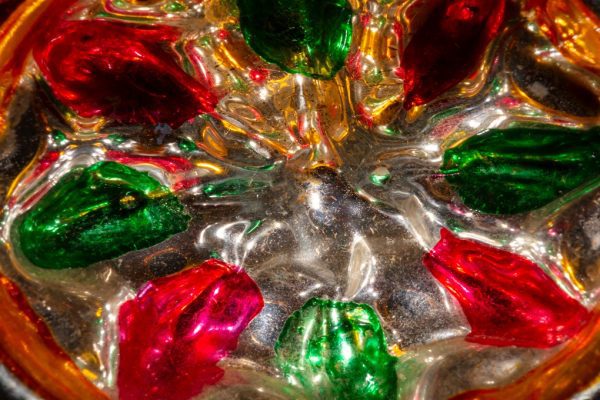

















When I went to Germany I tasted a beer that I thought was the best beer I had ever tasted, but then reading this I think I have to make another trip to Europe and visit Pilsen and taste again. What an incredible history and those miles and miles of cellars. I’m putting this one on my bucket list for sure.
Czech beer is the best in the world.
Na Zdravi to this one!